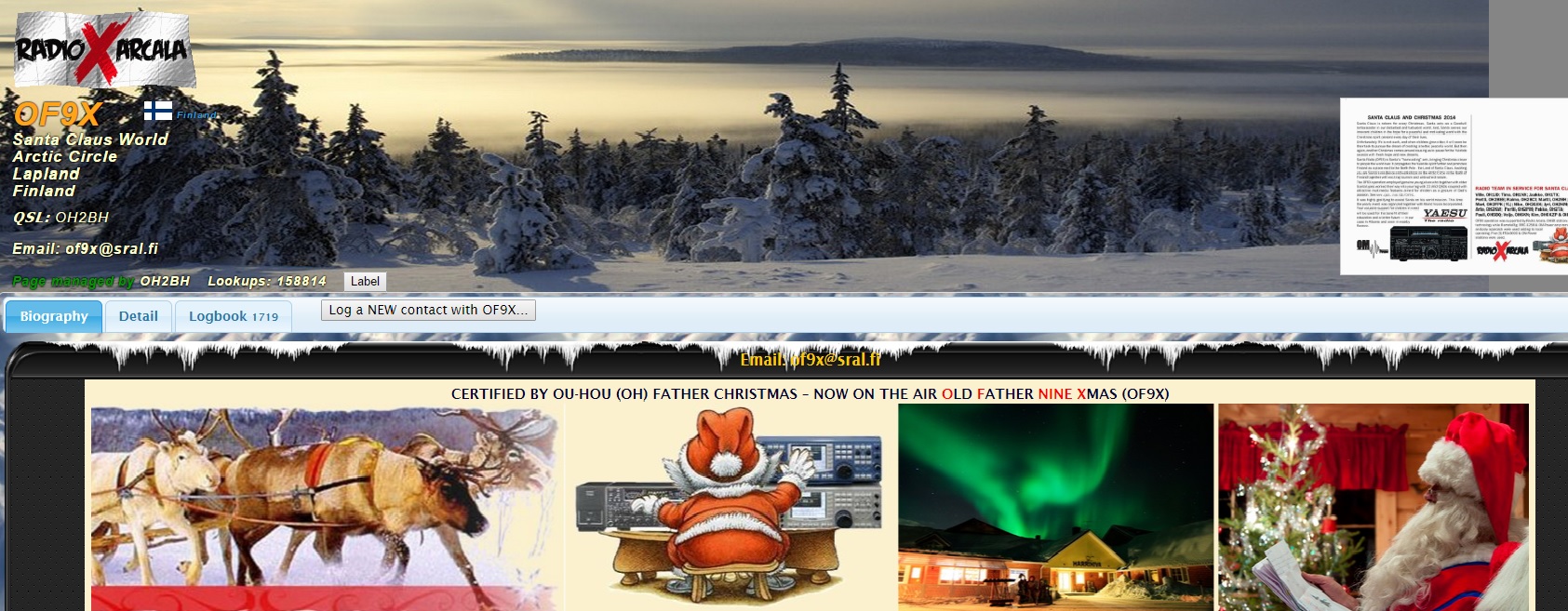

With electromechanical teleprinter machines dates back to the1930s. Commercial wireless Radio Tele type (RTTY, sometimes pronounced as "ritty") communication
#RTTY WEATHER FREQUENCIES FULL#
It is currently disabled in your browser! Please (re-)enable it for full functionality. The "Data" input is also 6 dB less sensitive than "Mod in" making it that much less likely that one will significantly over drive the the transceiver and create distortion in the audio stages ahead of the modulator".My website uses JavaScript for menus etc. Using this input avoids several potential problems - including the constant swapping between mic and digital connections and remembering to turn off the compressor when switching to digital operation. The narrow spans clearly show the benefits of reducing the audio until output power drops 1.5 dB.Īudio was connected to the IC-706mkIIg via the "DATA" jack rather than the mic connector or "Mod In" pin of the ACC jack. I do use a high audio frequency to minimize harmonic issues.įor fun I've attached versions at 70 W in 10K, 5K, and 2K spans. This one isn't too bad but one can see carrier at -50 dBc and opposite sideband at -55 dBc +/. The 10 KHz span shows the one failing of the IC-706mkIIg and other rigs with analog modulation - opposite sideband and carrier leakage. "Two views - the 2 KHz span and a 10 KHz span.

The results of those tests are very enlightening.

#RTTY WEATHER FREQUENCIES SERIES#
Joe also performed a series of tests on an Icom 706 mkIIg transceiver. The waterfall, time domain, and spectrum signatures of the transmitted signal look like this: The principal being a reduction in inter symbol interference which gives much improved performance by the receiver. There are performance gains using this approach. Therefore the transmit audio and RF amplifiers must be linear, just like the requirement for PSK signals. The resultant waveform is not an FM type signal of constant amplitude. Each of the generated Mark / Space signals are on-off-keyed (OOK), bandwidth limited signals. It is not limited to the traditional tone pairs around 2100 Hz. fldigi can encode and decode an RTTY signal that is anywhere within the passband of the sideband transceiver. You probably will never have to do that unless you like experimenting with unusual RTTY modes.Īll of the modem signals that fldigi produces are audio signals. "Custom" combinations are set up on the RTTY configuration tab. The 50 baud machines were for the European market and used 50 Hz synchronous motors.įldigi can encode and decode many other symbol rates and bandwidths. The 45.45 baud and 75 baud machines were for the US / Canadian market and used 60 Hz synchronous motors. These modes were a result of mechanical and electrical designs of the early TTY machines. The three most common in amateur radio use can be selected from the mode menu. The selection of symbol rate and bandwidth is made on the RTTY configuration tab. Chen, W7AY, was a silent contributor to the design by virtue of his excellent technical papers on RTTY modulation and demodulation, which he so generously placed in the public domain.įldigi can operate on a wide range of RTTY symbol rates and bandwidths. The new design was a cooperative effort of Stefan, DO2SMF, and Dave, W1HKJ with extensive testing performed by Ed, W3NR, and Dick, AA5VU. The RTTY modulator and demodulator have been extensively changed with version 3.21.67.


 0 kommentar(er)
0 kommentar(er)
